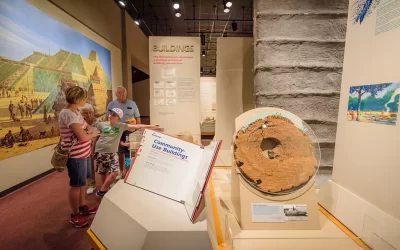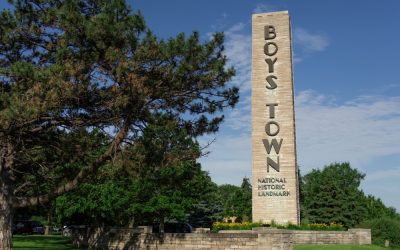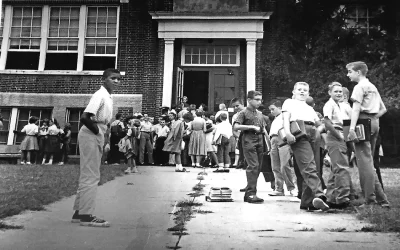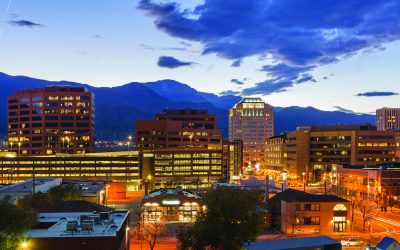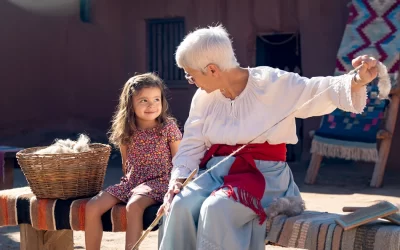Pay a visit to the Midwest and see first-hand the rich tapestry of Native American culture By Stephanie Stott Are you eager to expand your knowledge of Native American culture? From Minnesota to Kansas and beyond, we’ve compiled a list of must-see destinations to...
Featured in History & Heritage
Colonial Williamsburg
Dive into 18th-century America with Colonial Williamsburg’s group tours. Traverse iconic sites like the Governor’s Palace, engage with historic tradespeople, and dine in traditional venues like the King’s Arms Tavern. Stay in official accommodations for easy access, enriching your group’s journey through America’s colonial roots.
History & Heritage Ideas for Group Travel
Discover the rich tapestry of America’s past with our “History & Heritage” tours. Designed for groups, these journeys offer an immersive experience into pivotal moments and traditions that shaped our nation. Dive deep into stories, landmarks, and legacies that have withstood the test of time.
Explore 100 Years of History in Boystown
Boys Town in Omaha, Nebraska is a historic destination that has helped at-risk children for more than 100 years.
Unveiling the Artistic Soul of Atlantic City
More than just casinos and Boardwalk, Atlantic City has a powerful arts and music presence, a wealth of marine history, and endless local events to fill up any visitor’s itinerary. This coastal destination can bring you on a wine tour one day to a comedy show later that night.
Fredericksburg’s Civil Rights Trail: A Story of People
Exploring the role of Black residents and their contributions to Fredericksburg history By Dave Bodle The Thirteenth Amendment to the United States Constitution was passed in 1865 forever abolishing slavery. If the former Confederate states like Virginia were to...
Adventures Await in Colorado Springs
Nestled at the foot of the Rocky Mountains, Colorado Springs effortlessly blends natural, beauty with rich history Colorado Springs, Olympic City USA, offers activities, lodging and tours that are versatile for groups of any size. With more than 55 nearby attractions...
Santa Fe: Miles of Exploration and Group Attractions
With more than a dozen museums, national parks and monuments, Santa Fe County offers a sprawling expanse devoted to the region’s unique history, arts and culture. Whether you are interested in learning about the ancient Pueblo people, the Spanish Colonial era, the...
Unveiling Lincoln’s Hidden Gems
From Robber’s Cave to speedy cars, unique stops make this capital city a must-visit Lincoln, Nebraska is home to several wonderful hidden treasures. The following spots bring you to some of these alluring attractions. Robber's Cave For years, access has been denied to...
Must-See Museums in Baton Rouge
Explore three captivating museums in Baton Rouge, offering fabulous journeys into the city’s rich and storied past Baton Rouge is a city that’s ripe with history just waiting to be uncovered. Though history is etched into nearly every square foot of the city, Baton...
Travel to Myrtle Beach and Experience Rich History Beyond the Beach
These history attractions put Myrtle Beach’s past on full display With its 60 miles of sandy beaches, mild subtropical weather and events and activities that please a variety of tastes, South Carolina’s Myrtle Beach is an ideal spot for groups to visit any time of the...


